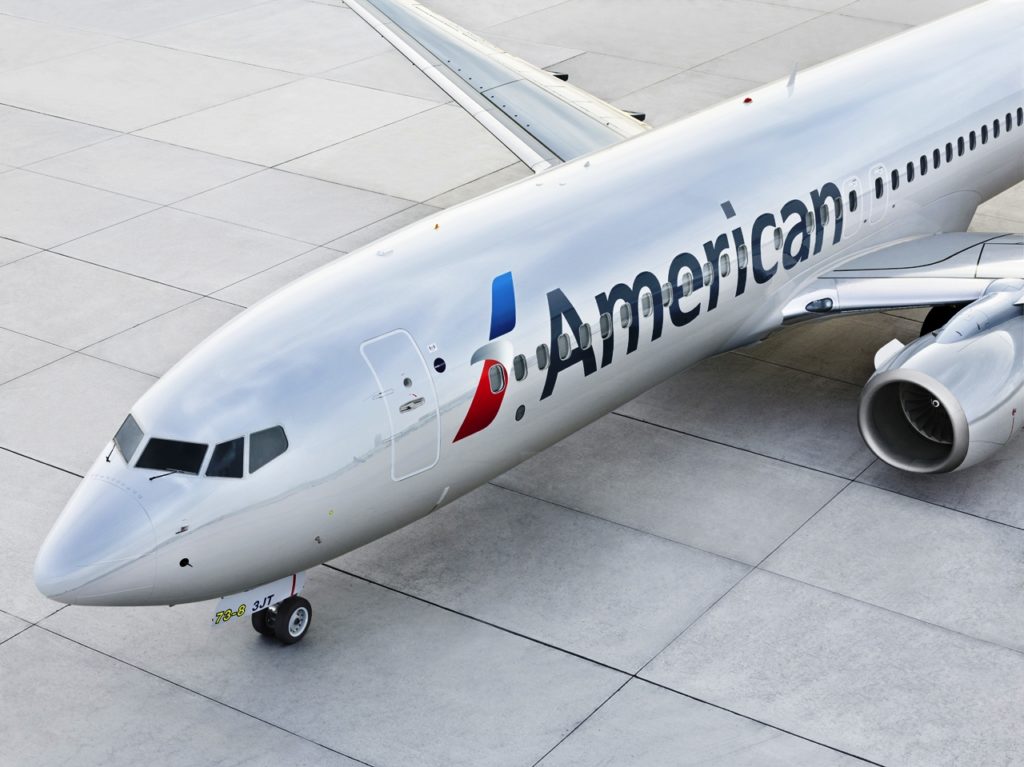American Airlines Bankruptcy Risk Grows
Contributors are not employed, compensated or governed by TDM, opinions and statements are from the contributor directly

Market conditions and management decisions have increased the potential of American Airlines declaring bankruptcy; this is yet another risk for shareholders of American Airlines.
However, despite high fares, fewer flights and a lack of customer reaction to poor service, US airlines are not only providing poor service but should also be making a lot of money.
Despite record-high fuel prices and a government-reported inflation rate of 9.1%, airlines should be making more money if their fares are 38 percent higher than pre-pandemic levels.
In the second quarter of 2022, American Airlines earned half a billion dollars and managed to reduce its debt. Unfortunately, this will not be sufficient.
It’s a single line with everyone worrying about the company’s future, from financial experts to casual travellers. Assets at the airline total $65 billion, but liabilities total $75 billion. A holding company that manages and operates American Airlines may be able to overcome that skewed financial sheet. Still, given the hurdles, it is unlikely that American will continue to produce a profit and service its debt.
In theory, American Airlines might pay off its debts and add assets, but several factors reduce the likelihood of that happening.
Focusing solely on how overvalued the airline is, we can see its debt load of $75 billion (more liability than assets.) None of the other United States’ major carriers is in the red, and American Airlines has a debt of $10 billion and is in the red.
When it comes to refinancing and rising interest rates, that mound of debt is a concern. This will affect the company since its revenue has not grown enough to compensate even as it reduces its existing debt.
American Airlines faces a challenge that other carriers do not: it has already pulled out all the stops to shore up liquidity and reduce the danger of default on its debts. It’s already accepted all the money the government will give (or at least we may hope), retired less fuel-efficient aircraft, and cancelled (thus consolidating) flights. It doesn’t have to make payments on its order of 787s because Boeing can still not fulfil it.
With rising labour costs, the airline has no strategic advantage over its rivals (United and Delta) because it doesn’t hedge fuel, so even if fuel prices were to rise drastically, there would be no strategic benefit for the airline.
Neither Barclays nor Citigroup have introduced a new co-branding agreement with the carrier, and even if they did, it would not be enough to boost the carrier’s bottom line. Regarding the co-brand card, Delta has an agreement with American Express for $1 billion for its co-brand card, but the banks will distribute this over time and won’t come close to covering the elevated costs.
An American proposal for a 17 percent rise for pilots isn’t going to keep those battlefront employees from quitting under the existing conditions. The United States economic crisis will only worsen with strained labour relations and rising labour expenses.
Just pick a problem to work on. Q2 2022 figures will be announced, and we can infer that the market has not entered a recession at this time and that the economy has grown slightly. A lack of return of business travellers is putting a strain on the airline’s finances as it prepares for the normally sluggish fall months, and it will be a rough ride for those on vacation after the Labor Day weekend. In other words, even if the economy continues to grow slower than in Q1 2022, fewer people will be able to afford to travel, and the cost of flying will be higher.
After the pandemic, American Airlines continued accumulating the largest debt in the United States, and it didn’t do much to fix the situation as the money started pouring in.
Over a decade of overextended debt has plagued American Airlines’ top management, making it one of the most vulnerable companies in the aviation industry. When the airline filed for bankruptcy slightly over a decade ago, it was in a far better financial condition. These poor management decisions and practices have already failed customers, employees, and stockholders, despite the bankruptcy protections in the United States.
Source: Flight Global


